From backyards to beaches, there’s always a way to ramp up your daily dose of fresh air whilst enjoying all the natural world has to offer. Dust off your picnic blanket, here are some ideas for making the most of your delightful day trips.
Gardens to gaze upon
Chances are this season you’ll be racking up loads of time outside in the garden.
With a space speckled in colour, garden gatherings will already have ornamental decoration in the form of vibrant flowers providing summer scenery—the perfect party venue.
Why not try bright and cheery Tanacetum coccineum ‘Eileen May Robinson’, Delphinium ‘Giotto’ with deep blue and violet semi-double flowers, or bicoloured Pelargonium ‘First Blush’ for a splash of colour.
Petals with blue or purple hues have the added benefit of attracting butterflies and bees to help the plants thrive—like Buddleja (known as butterfly bush) which will grace your garden with wonderful winged wildlife.
As well as flowers delivering a visual display, their fragrance can bring a whole new dimension to the enjoyment.
Fill the garden with aromatic shrubs and herbaceous perennials, like Coronilla valentina, which shows buttery yellow flowers through spring and summer.
Brush off bugs
Home or away, you’ll need to keep pest-free when you’re chowing down on your lunch.
If you’re out and about, where you can’t use an open flame, you can get the same repelling effect as citronella by dotting lemons and limes cut in half around your destined dining spot—a fantastically quick fix.
It’s best to avoid using a picnic blanket that’s brightly coloured as this will mimic the bold colours insects look for in the natural world when pollinating flowers.
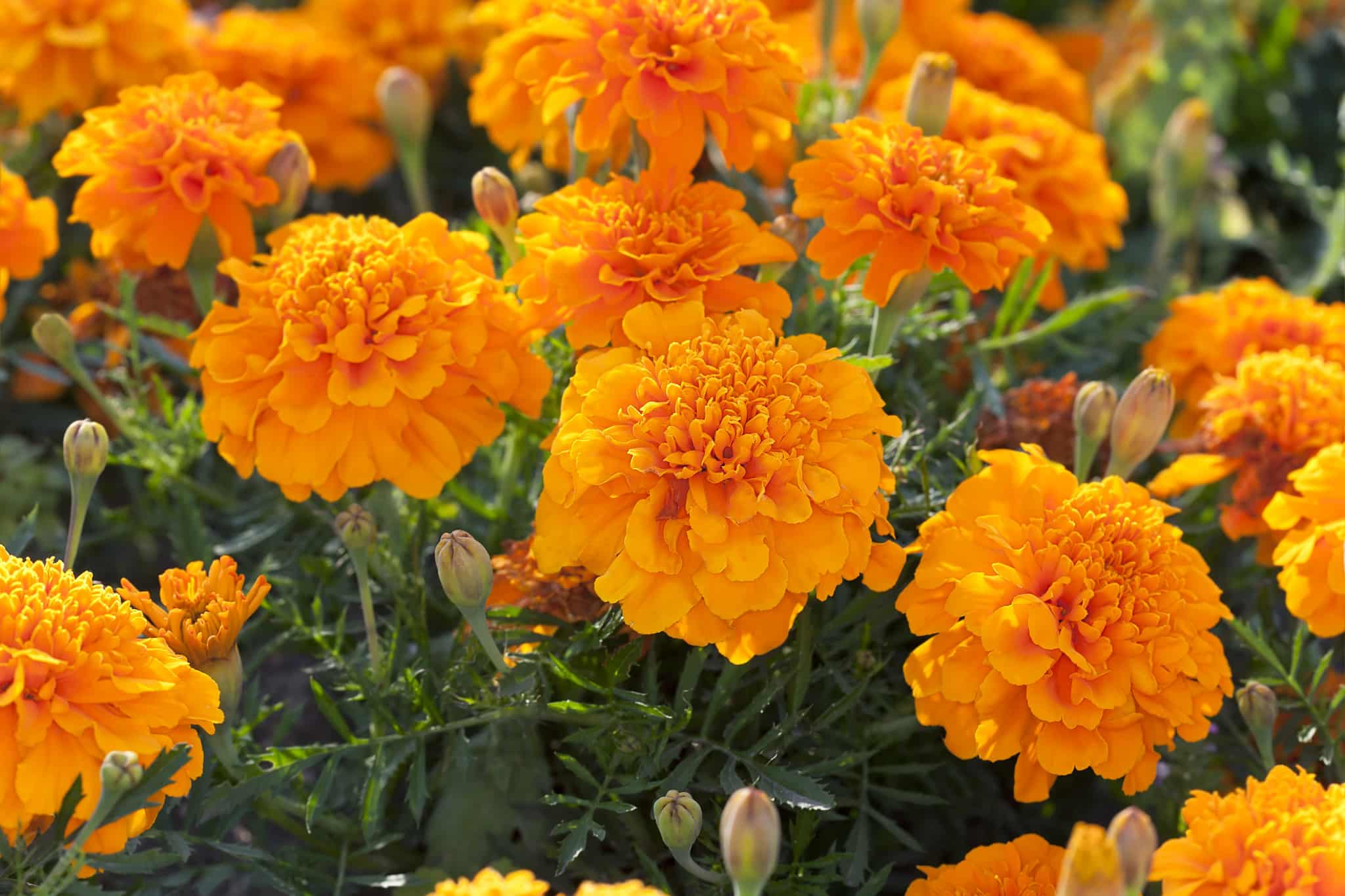
Instead, opt for blue and green coloured blankets which don’t register as vividly on the UV spectrum.
For dining at home, you’re in the perfect place for some wasp-deterring flowers. As well as the sight, wasps are attracted to the smell of your flowers for their sweet nectar.
Go for varieties such as pennyroyals, geraniums and marigolds which emit a fragrance that wasps can’t stand, rendering your revelries wasp-free.
You can keep your sweet drinks away from sugar-seeking wasps by situating cupcake liners on top of the glass. Cut a hole in the base for the straw to poke through and hey presto—wasp-free sipping awaits.
Packed and prepared
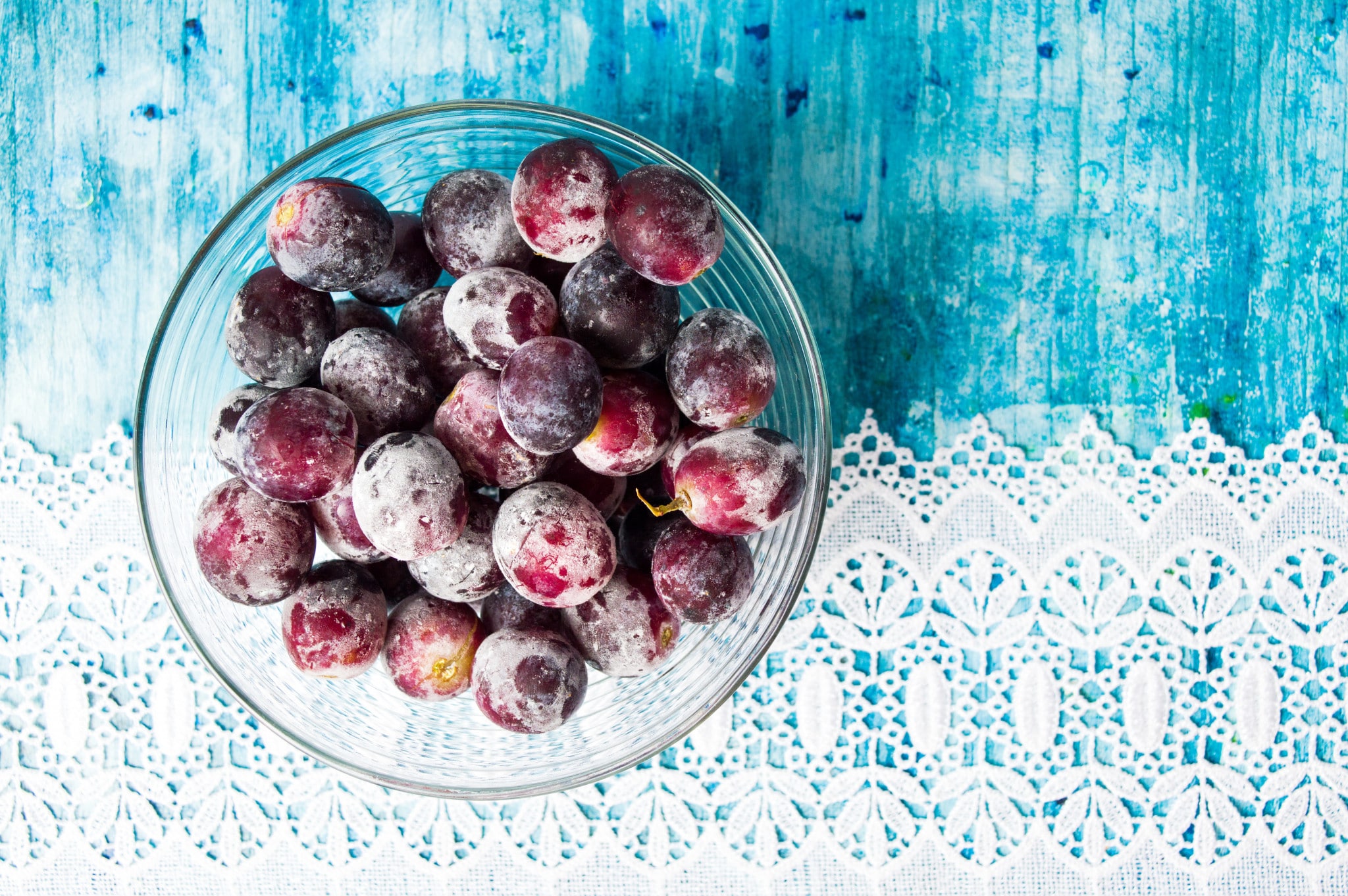
Outings away from the garden will provide an array of sights you don’t see every day.
If you’re going further afield, stock your hamper with all the essentials. As nobody likes sitting on damp grass, one of my tricks is to pack a shower curtain in with the blanket as a waterproof underlay if the weather is damp.
At the top of the list, of course, is adequate sun cream but sunshades are also great, so dig out your umbrellas as an easy-to-carry option. A few bottles of frozen water in situ act as an icepack to keep food and water cool if it turns into a scorcher.
Plus, a few frozen grapes in the mix are excellent as make-shift ice cubes you can snack on.
Scavenge around the garden over the course of the year and you’ll be surprised at the props you can discover to make time outdoors both engaging and informative for kids.
Bring along a few conkers or decorated stones and line them all up to create your very own outdoor abacus for kids to practise times tables and arithmetic while spending time in the great outdoors.
Neat and tidy nature
When enjoying the great outdoors, it’s key to make sure your time there doesn’t negatively impact the local wildlife.
Pick a place to suit your needs to avoid cutting away greenery that might be important to the local wildlife and remember that waterfowl, wild birds and squirrels might seem interested in your food their diet is quite different from ours.
Salty peanuts and crisps are especially dehydrating, and we’re advised not to give lots of bread to ducks or swans because it can lead to malnutrition and higher algae levels in the water.
Of course, you can reduce your impact by leaving the area tidy, as rubbish left behind can trap or injure local wildlife.
Net bags are particularly dangerous for little hedgehogs who get tangled up in them.
I often pack extra bags or bin liners to clear up easily after the party is over and then you can head home knowing you left the area exactly as you found it.
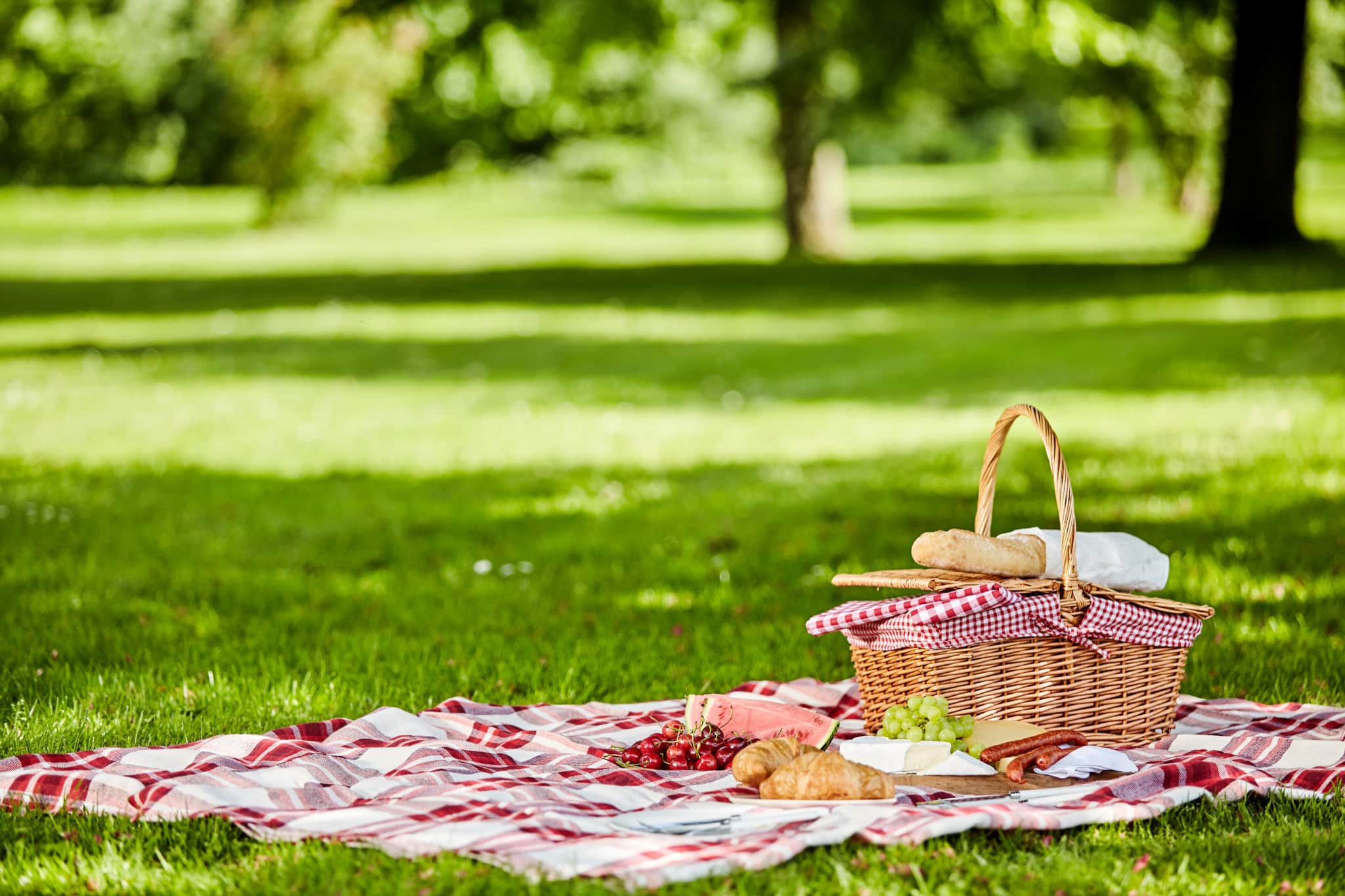
Exploring is brilliant for learning more about plants, so take a book of common plant varieties and continue looking when you’re at your picnic spot.
Tip:
Create impact with your
floral displays by choosing two colours that
are opposite one another on the
colour wheel
Reader questions
Now it’s getting hotter, how often should I mow my lawn?
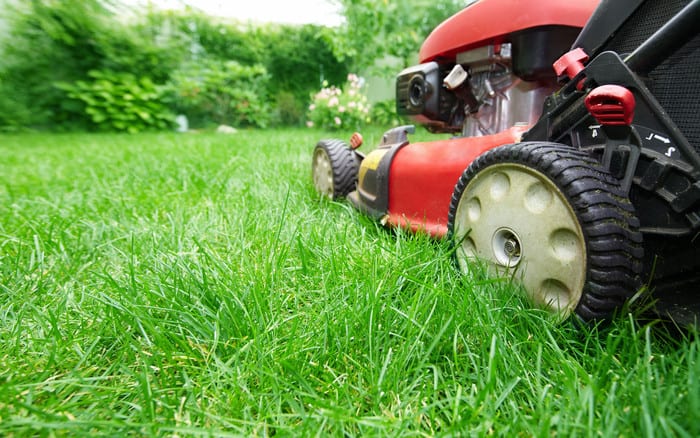
From spring to autumn, mow your lawn regularly now that growth has resumed. For the first cut, set the blades higher as the lawn will need to recover from winter, but during summer, mow it to about an inch in length twice a week unless during a prolonged dry spell where a higher trim will hold more moisture in the lawn.
I’m seeking inspiration for a flowering hedge; what should I plant?
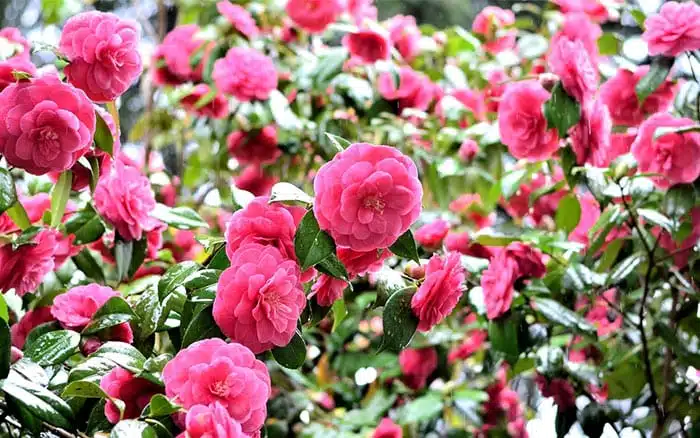
Livening up green uniform hedging is a great way of planting for aspect. Roses, Berberis vulgaris (common barberry) and Pyracantha (firethorn) make excellent flowering hedges and help to invite beneficial wildlife in. Acid loving camelias are also great if you have ericaceous soil.
David Domoney is a Chartered Horticulturalist, Broadcaster, and Author. David has worked with a number of the UK’s leading garden retailers as a plant buyer and strategic consultant. With more than 30 years experience, in horticulture, David is as passionate about plants now as he was when he bought his first plant at a village fete.

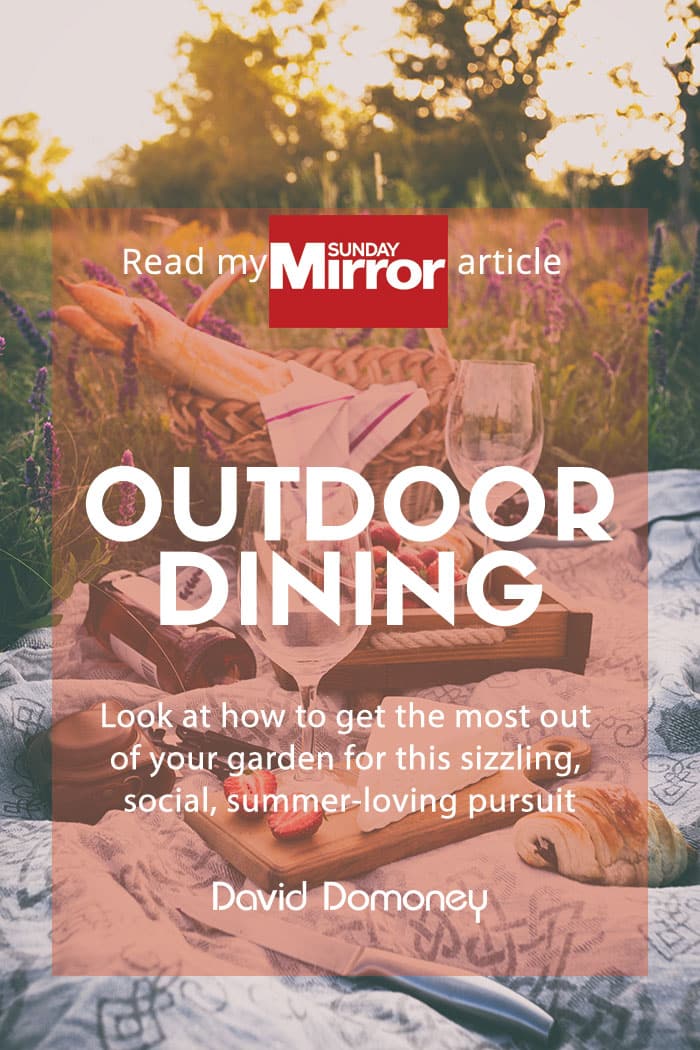
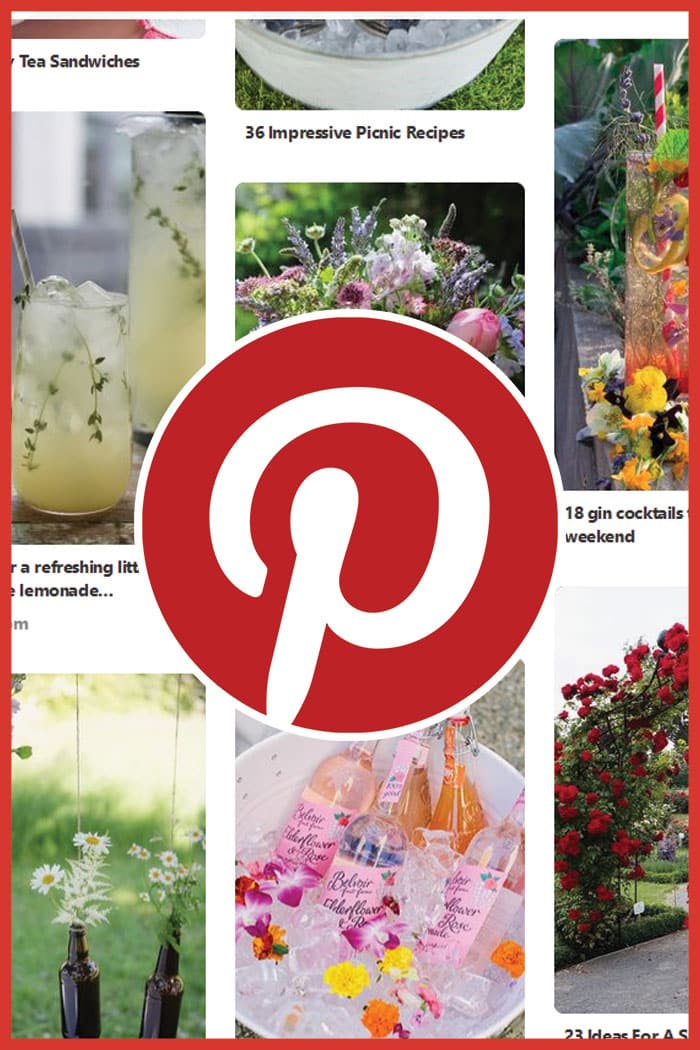


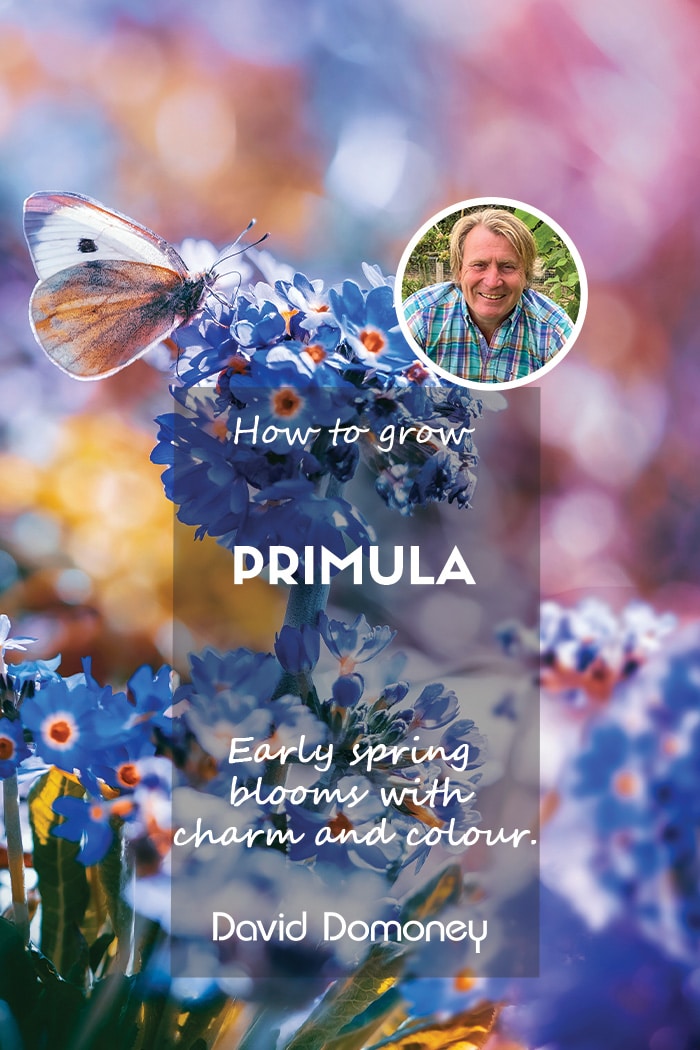

Leave A Comment